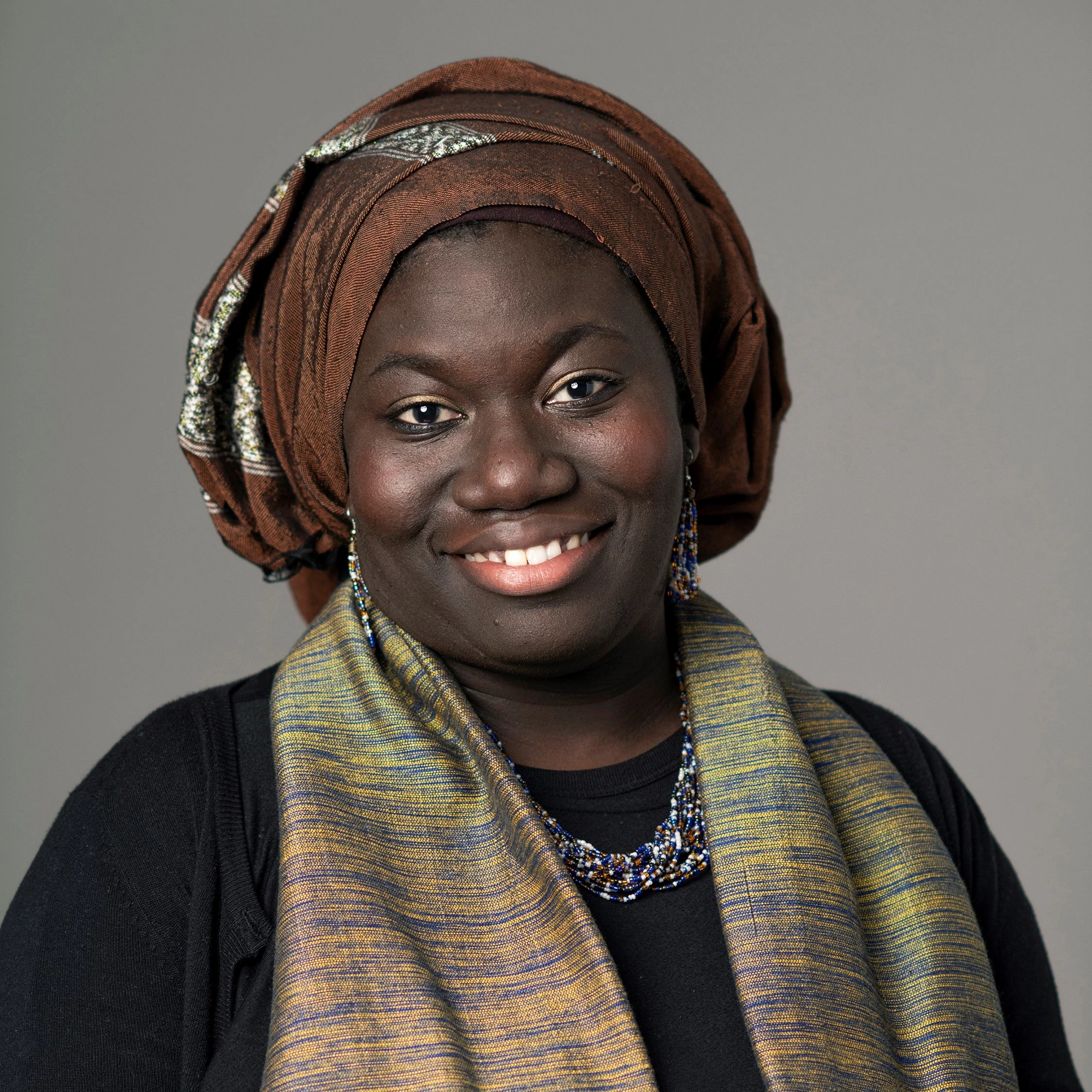 Malange / Angola | Shutterstock
Malange / Angola | Shutterstock
Economics is known as the “dismal science” because economists are always talking about trade-offs: if you eat your cake, you can’t have it too. But is there a trade-off between economic growth and climate resilience? To find that out, the World Bank asked a climate scientist—specialist in water resources and energy—and a dismal economist to lead a large, multi-sectoral team to uncover the risks and opportunities that climate change would bring to Angola’s development prospects . The result was the Angola Climate Change and Development Report (CCDR), the first report of its kind in Angola linking climate to development.
A climate scientist by training, I, Arame focused on bringing climate knowledge to answer the following questions: What kind of climate change will Angola face in 2030, 2050, and 2100? What are the localized climate risks? (Think here floods, droughts, changes in weather patterns, and a slew of intensifying extreme events). What are the new climate opportunities Angolans will have to prepare for and adapt to?
As the lead economist for Angola, I, Frederico focused on Angola’s growth strategy. Even without considering climate change, it was clear to me that, to achieve inclusive and sustainable economic development, Angola would have to diversify its economy from producing oil and gas. Yet, its most promising sectors for diversification—agriculture, fisheries, energy, urban-based services—are sensitive to climate change. How would global policies, towards a lower-carbon development path and the changing climate, impact Angola’s abilities to develop its economy, create jobs, and reduce poverty?
We also drew on the expertise of our colleagues: It became quickly apparent that the nexus of climate and development in Angola happened around water. Aleix Capdevilla, the water resources specialist, explained how the Okavango–Zambezi Water Tower was either equally valuable or more valuable than Angola’s other liquid wealth (oil). That’s because it can feed a more productive agriculture sector, provide abundant drinking water for vibrant cities and, especially, and generate power from several hydropower projects. Roger Coma, the energy specialist, brought insights on what was needed to leverage Angola’s water and solar wealth to transition from an oil country to a green energy powerhouse. Angola already derives 88.5% of its energy from clean hydropower, but realizing the potential of clean energy (along with agriculture and cities) to be an engine of growth needs to factor in the impacts of climate change.
Climate change is not just a future threat; it’s already a reality in Angola. A state-of-the-art climate impact assessment, conducted for the Angola CCDR, has confirmed that warming has accelerated significantly in recent years. Temperatures have increased by 1.4°C since mid-last century and are expected to keep rising. Southern Angola has been the hardest hit, experiencing a severe, protracted drought over the past decade, described as the worst in 40 years. In 2021, an estimated 3.81 million people in the country’s six, southern provinces were reported to have insufficient food, and over 1.2 million people continue to face water scarcity because of the drought. By 2040–2060, most of the country is projected to be up to 3°C warmer, with significant implications for water availability, drought severity, and extreme heat. Rainfall trends are more uncertain but point to more erratic rainfall and more recurrent cycles of flooding and drought.
It is in this context that the Angola CCDR has found simply no growth prospect in Angola that doesn’t include adaptation to the changing climate. Adopting trends towards a global transition to a lower carbon growth path only increases the urgency of economic diversification. Economic modeling, done for the CCDR, shows that, without adaptation measures, climate change impacts could reduce Angola’s GDP by up to 6% by 2050. Angola cannot develop without investing in climate change adaptation; investments in adaptation are investments in development. The report proposes five key pathways to achieve economic diversification and climate-resilient development in Angola:
- Manage water resources as a pillar of climate resilience;
- Scale up climate-smart agriculture practices and fisheries, nature-based solutions to restore degraded lands, and blue economy investments;
- Ensure a climate-resilient power supply, while providing clean electricity and scaling up electrification to 77% of Angolans by 2030 (up from 47% today);
- Build green and resilient cities, that promote clean, compact, and connected urban development in Luanda and secondary cities;
- Boost human capital because a healthy, well-nourished, and properly trained population is a first shield against rising climate impacts, and instill a culture of climate-preparedness in Angola, including through raising the next generation of climate-conscious Angolans equipped with skills in green jobs.
We encourage all Angolans to learn more about these pathways and other recommendations in the CCDR, and to join forces, no matter your profession or your age, to guide climate-resilient investments and lay the foundation for climate resilient development in Angola in the next five to 10 years.




Join the Conversation